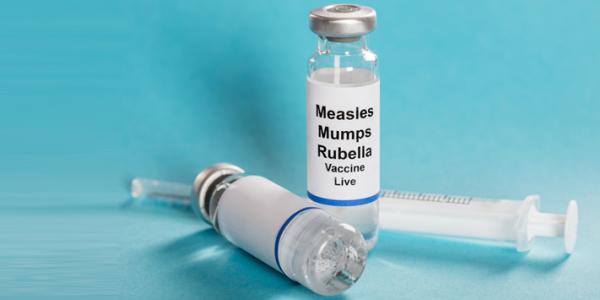
You may think you are up-to-date with all of your immunizations, but new vaccines and revised guidelines mean you might want to take another look.
New advances offer better protection from more painful, contagious, or life-threatening conditions than ever before. Review this list, then talk to your doctor to ensure you are fully protected and proactively managing your health in 2019.
Influenza. We can’t emphasize it enough: an annual flu shot is vital for all adults. Flu season is underway, but you can still protect yourself by getting a shot today.
Tetanus, diphtheria and pertussis. The TD vaccination (sometimes referred to as DT) protects against tetanus and diphtheria. All adults should get one dose every 10 years. Tdap (or DTaP) immunizes against tetanus and diphtheria, but also include pertussis (whooping cough) as well. Pregnant women should get Tdap during the third trimester of every pregnancy to ensure their baby is protected from whooping cough during the first year. Adults who never received Tdap as a child should get it in place of TD immediately, then follow with a TD vaccination every 10 years.
Shingles. Shingrix is a new vaccine that is significantly more effective than Zostavax at preventing shingles and PHN – a painful complication. Two doses of Shingrix are administered between two and six months apart. The CDC has lowered the recommended age for vaccinations to 50 and older, vs. the previous Zostavax recommendation for adults over age 60. All healthy adults over age 50 should get Shingrix, even if they previously had the Zostavax vaccine.
Pneumococcal. Pneumococcal disease can cause pneumonia, bloodstream infection, and meningitis. These are serious conditions that kill thousands of adults every year, and send hundreds of thousands to the hospital. There are two different vaccines that protect against pneumococcal – PCV13 and PPSV23. Most adults age 65 and older should get both vaccines, starting with the PCV13 and then the PPSV23 several weeks or months later. Smokers between the ages of 19 and 64 should also get the PPSV23.
Measles, Mumps, Rubella. The MMR vaccine has been studied extensively and is considered very safe, contrary to the now retracted claims about adverse affects that have been circulating for more than 20 years. Guidelines have changed since the MMR was first introduced, and children today are immunized with two doses of a live virus-containing vaccine to ensure complete protection. But adults born from 1963 to 1967 were generally immunized with a single dose of an inactive virus vaccine, which does not provide full immunity. As a result, there have been periodic outbreaks over the past 30 years, and the CDC recommends that adults born after 1957 and vaccinated prior to 1968 be revaccinated with at least one dose of live MMR. Healthcare professionals, travelers to certain countries with frequent outbreaks, and other high risk individuals should receive an additional dose.
HPV. Human papillomavirus (HPV) infection can cause cancer, and is a leading cause of cervical cancer. Two doses of the vaccine are recommended for both boys and girls around age 11 – 12. However, the vaccine can be administered to women, transgender individuals, and sexually active gay men up until age 27.
Hepatitis. Hepatitis A is most often transmitted through contaminated food or water. Hepatitis B is transmitted through bodily fluids. There are separate vaccines for each type, as well as a combined HepA-HepB series of three vaccinations that provides lifetime protection. Talk to your doctor to determine if you should be vaccinated, and which series is appropriate for you. High risk individuals, including those that travel to certain countries, drug users, health care workers, sexual active gay men, and those with certain chronic illnesses or immune deficiencies should ensure that they have been fully protected with the complete series of the appropriate vaccine.
Other vaccinations may be recommended for those planning to travel to certain countries, or for individuals with chronic diseases or increased risk of exposure to specific diseases such as lab workers, microbiologists, military service members, or crisis aid workers.
This article first appeared in the January 2019 edition of the HealthPerks newsletter.

